My 21-year-old daughter is named Lily, but I sometimes call her GodLilla because she’s a force of nature and has, throughout her life, authored disasters in nearly every room of every house we’ve owned, rented, or visited.
She’s a wonder, but she’s also the messiest human being I’ve ever met. She’s the type to drop her coat on the floor, leave her shoes under the kitchen table, and collect plates, glasses, and forks in her bedroom.
Now that I work at a Montessori school, I do wonder if the principles we cherish so much here could have curbed some of Lily’s more chaotic tendencies. Could a Montessori classroom’s blend of beauty, order, and purpose have improved her bedmaking habits or convinced her of the majesty of an organized dresser?
What’s clear to me now is that every environment shapes us—and the environments we create for our children can either amplify or fail to nurture their natural tendencies.
A Foundation of Beauty: Maria’s Guiding Light
Dr. Maria Montessori emphasized the importance of the environment in a child’s development, famously stating, “The environment must be rich in motives which lend interest to activity and invite the child to conduct his own experiences.” This principle underpins the Montessori method, where the environment is meticulously prepared to encourage exploration, independence, and deep engagement.
The prepared environment is not just a physical space but a reflection of a philosophy that sees the child as a competent, curious individual. Dr. Montessori believed that the environment should support the child’s natural development, helping them to “do it by myself” and fostering their innate desire to learn and grow.
Dr. Montessori recognized that children have natural tendencies that guide their development, such as the desire for order, the urge to explore, the impulse to engage in purposeful activity, and the need for independence. These tendencies are the foundation for how a prepared environment is designed.

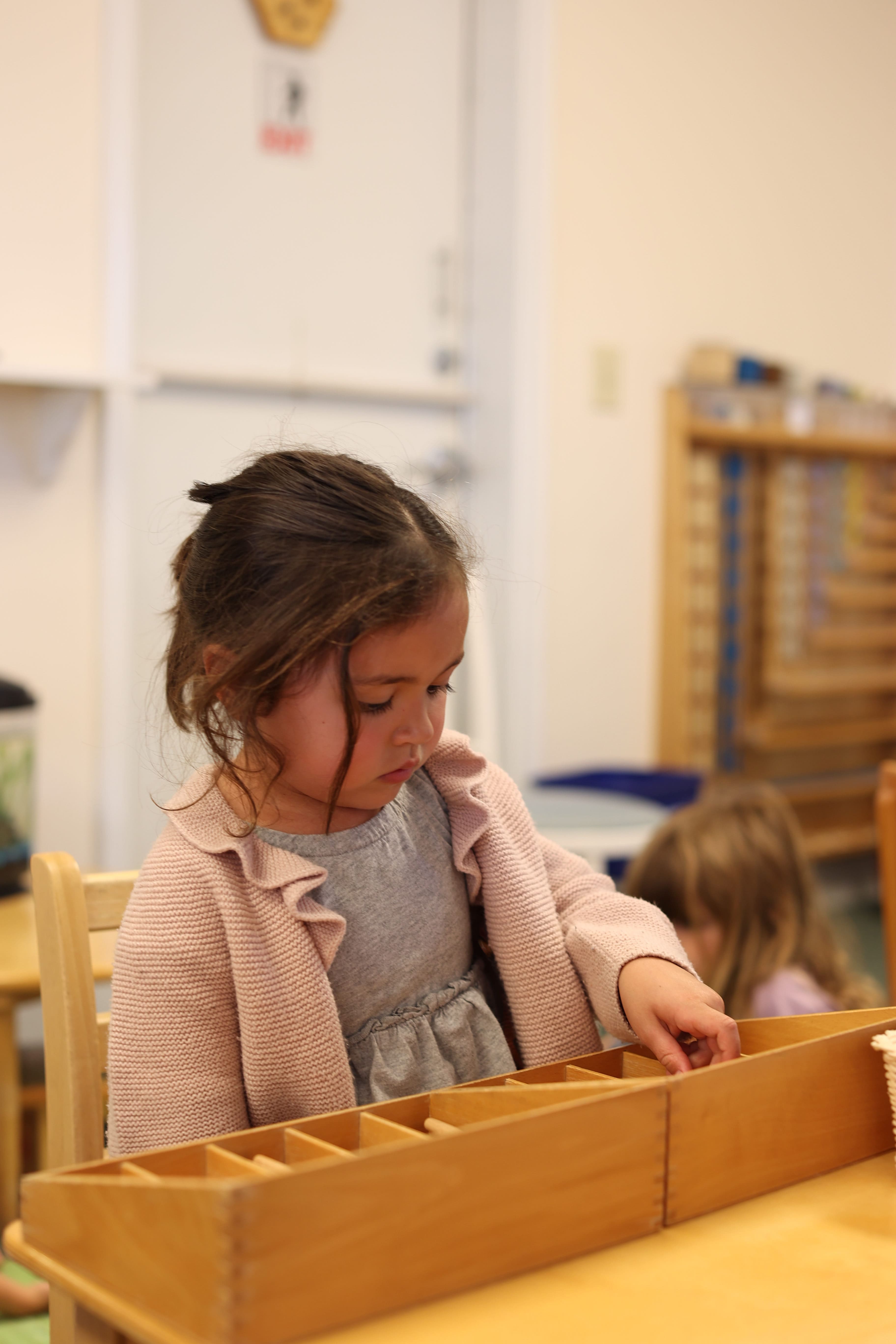
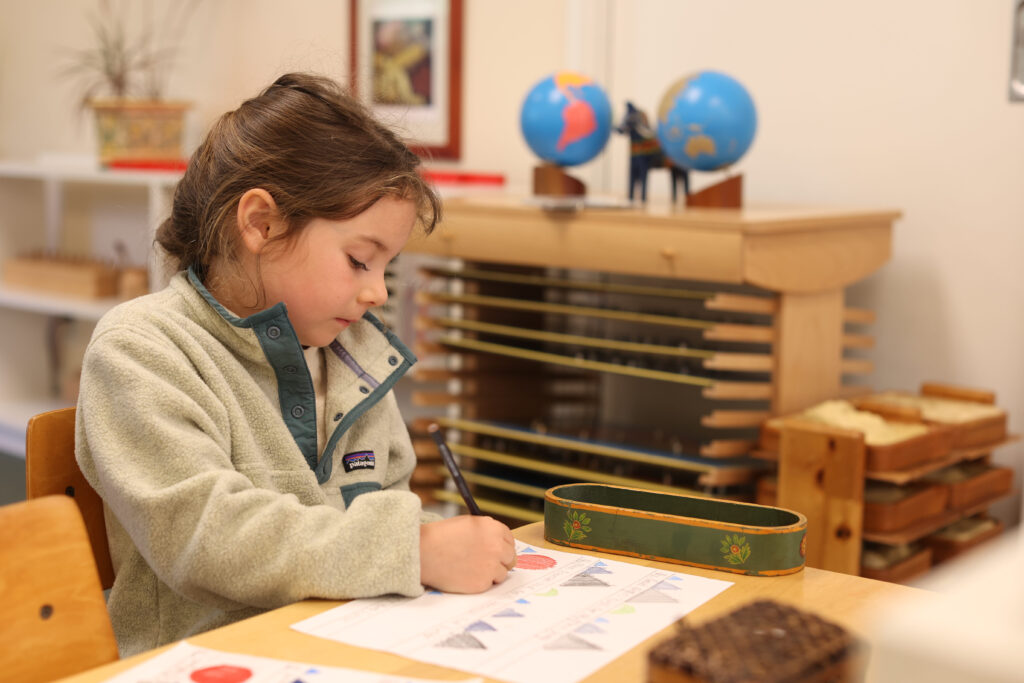
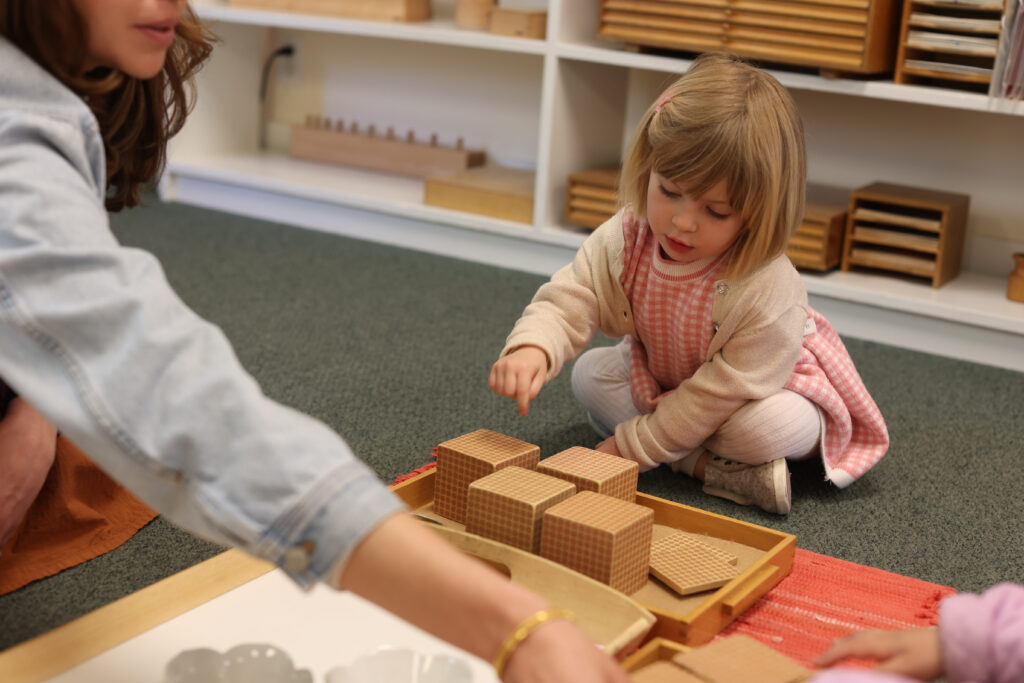

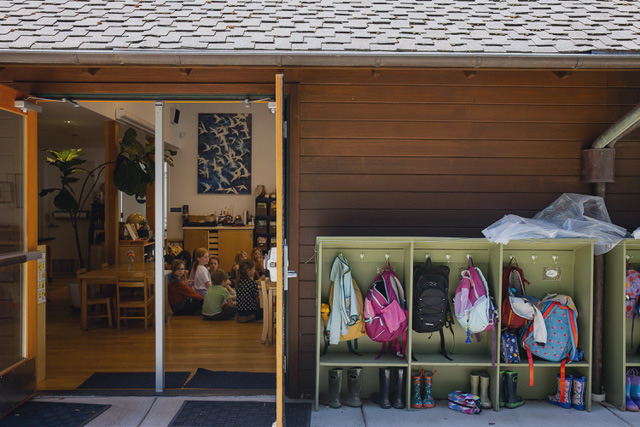
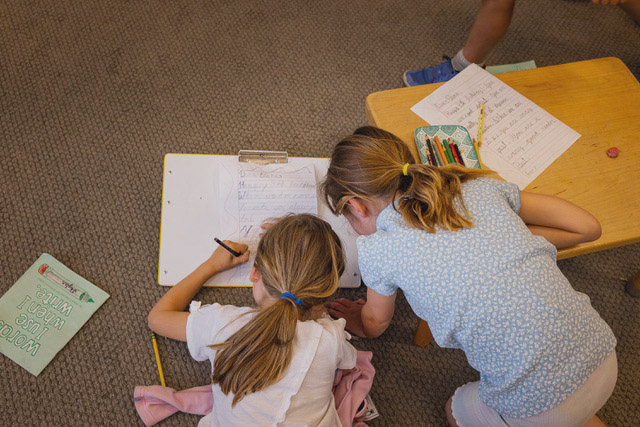
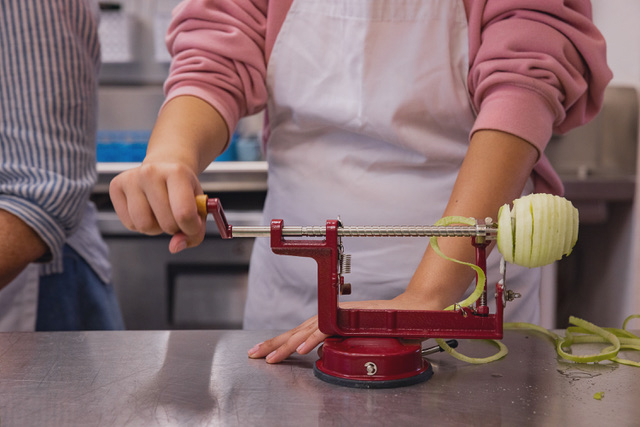
Order: Children have a deep need for order, which provides them with a sense of security and predictability. Dr. Montessori noted, “Order is one of the needs of life which, when it is satisfied, produces a real happiness.” A well-ordered environment helps children make sense of the world, find what they need, and focus on their activities without unnecessary distractions.
Exploration: Montessori environments are designed to encourage exploration. Children are naturally curious and driven to investigate their surroundings. By providing a variety of materials and activities that are within the child’s reach, the environment invites them to discover, experiment, and learn at their own pace and their growing edge of challenge.
Purposeful Activity: Dr. Montessori believed that children are happiest when they are engaged in meaningful work. She wrote, “The child who concentrates is immensely happy.” The materials and activities in a Montessori environment are not just toys but tools for learning, designed to develop specific skills and knowledge through hands-on experience.
Independence: One of the core goals of a Montessori education is to help children become independent. Dr. Montessori emphasized, “Never help a child with a task at which he feels he can succeed.” By preparing an environment that allows children to do things for themselves—whether it’s getting dressed, preparing a snack, or choosing a book—they develop confidence, competence, and self-reliance.
Creating Beauty at Home: You’re the Set Designer Now
At home, parents can take on the role of the set designer, crafting spaces that not only accommodate their children’s needs but also inspire them. Here are some tips to help you create a Montessori-inspired environment at home:
Create Accessible Spaces: Ensure that everyday items like snacks, utensils, and clothing are within your child’s reach. This encourages them to take the initiative in daily tasks, fostering independence and responsibility.
Design with Purpose: Each element in the environment should have a clear purpose. For example, a low bookshelf filled with carefully selected books invites reading. A small table and chair set at the child’s height encourage them to sit down and engage in activities like drawing, writing, or puzzles.
Minimalism Matters: Montessori environments are intentionally uncluttered. Reducing clutter helps minimize distractions and allows children to focus on their activities. Dr. Montessori said, “The first aim of the prepared environment is, as far as it is possible, to render the growing child independent of the adult.”
Rotate Materials: To maintain interest and encourage exploration, rotate toys and materials regularly. Introduce new activities that match your child’s developmental stage, while putting away items that are no longer challenging or engaging.
Foster Independence: Allow your child to make choices, solve problems, and take on responsibilities. For example, let them decide what to wear from a few selected outfits or set the table for family meals. These opportunities to make decisions and see the consequences of their choices build their confidence and decision-making skills.
Incorporate Natural Elements: Whenever possible, bring natural materials into your child’s environment. Wooden toys, plants, and natural light can create a calming and aesthetically pleasing space that nurtures their connection to the natural world.
Follow the Child: Observe your child’s interests and adapt their environment accordingly. If they show a fascination with art, provide materials that allow them to explore this interest, such as colored pencils, paints, and paper. If they love nature, create a small garden space where they can plant flowers or herbs.
Be the Ground Crew, Not the Helicopter
The prepared environment is the ultimate confidence booster. When your child can grab their materials and navigate their surroundings without a parental GPS, they gain confidence and a sense of responsibility. It’s like teaching them to ride a bike, minus the scraped knees.
In a world teeming with chaos and clamor, the Montessori approach offers a haven of order and beauty. Maria Montessori’s wisdom, as seen in the prepared environment, helps children flourish academically and personally, preparing them to contribute their unique talents to the world.
And, for the record, we just helped Lily move into her first apartment. While I wouldn’t call her space a prepared environment, she made it her own – and hung all her clothes on hangers.

Terry is the Director of Communications and Strategic Initiatives at Marin Montessori School. A classroom teacher for 30 years, he manages Grounded and Soaring.


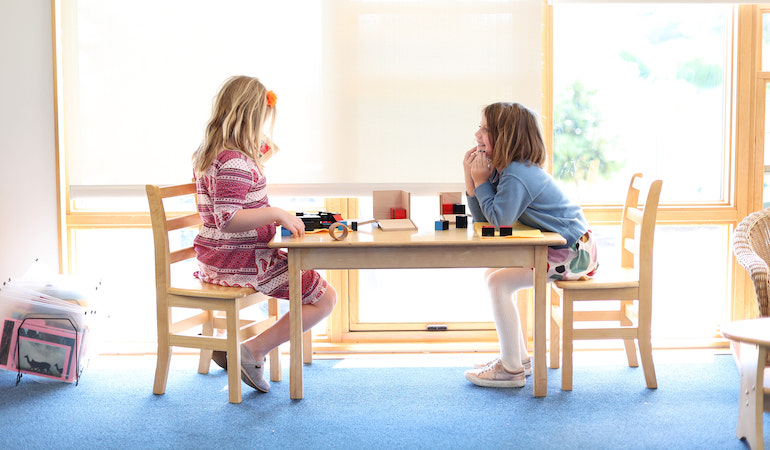


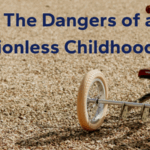
Vonda Strain
I appreciate the way allowing a child to do things for themselves fosters self confidence and independence. It makes sense. It is true!
Miranda
I really agree with making the environment minimalistic yet inviting. Less chaos for the kiddos. I am new to montessori so I am learning all about these new methods.